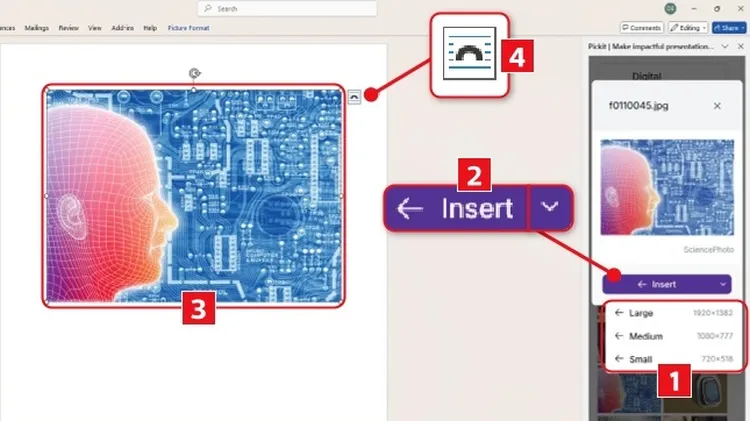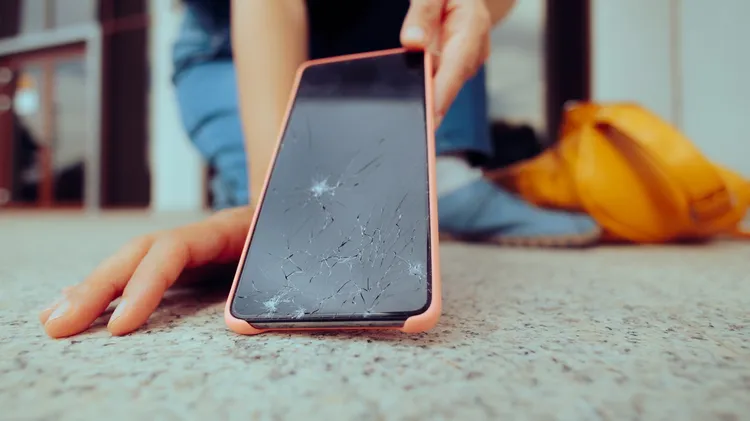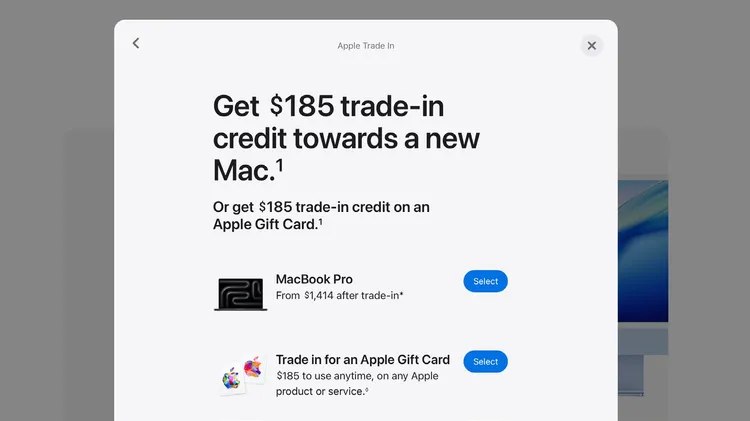We all know our precious files need protection, but backing up ca
Backup yourfiles hassle-free
9 min read
This article is from...
Read this article and 8000+ more magazines and newspapers on Readly






